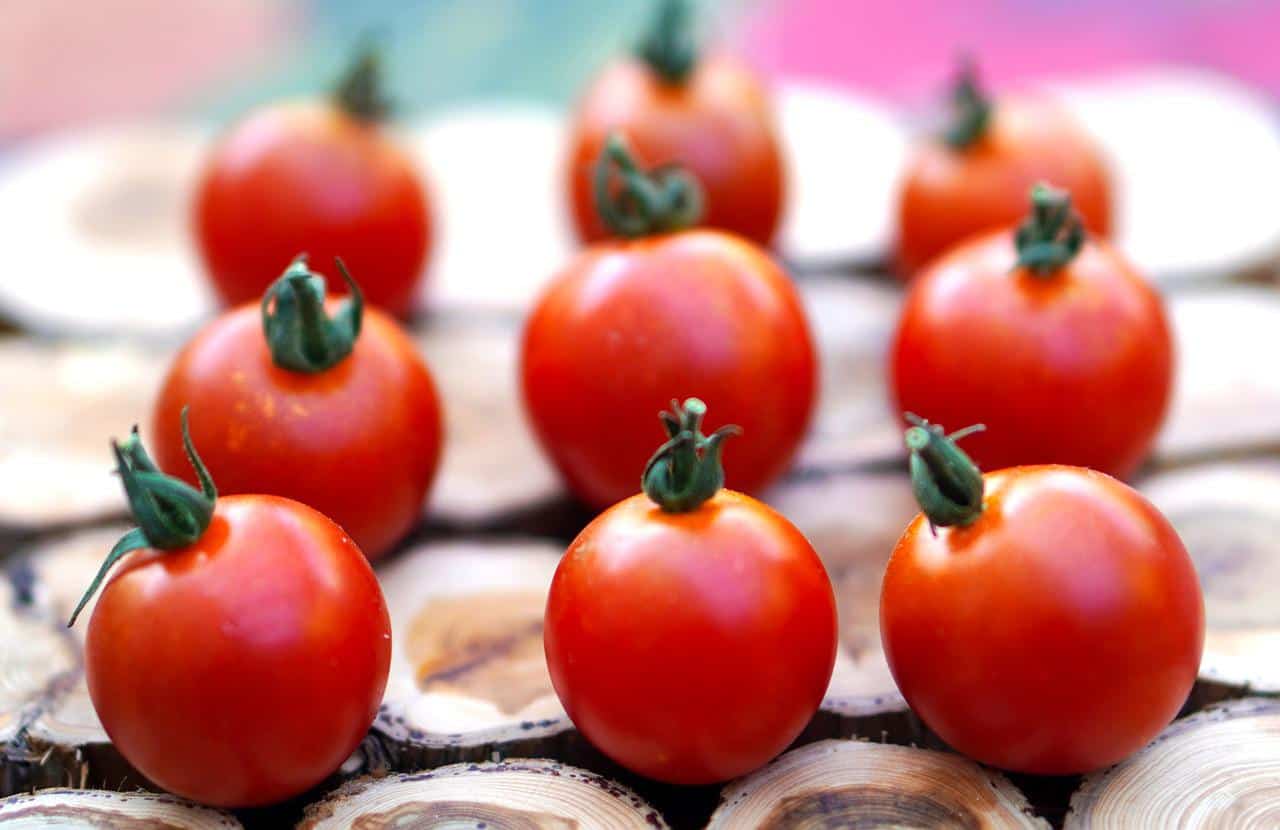For many gardeners, tomatoes are the all-time favorite garden vegetable. But in the tropics, growing tomatoes can be a real challenge. Hot, humid weather and torrential rains, not to mention insects and other pests, can wreak havoc on tomatoes. And if you are trying your best as a natural gardener without chemicals, growing tomatoes can get downright frustrating.
Here are a few good tips for successfully growing tomatoes in Costa Rica. First of all, to understand tomatoes better, let’s take a jaunt back in time to cover the historical journey this luscious red fruit has taken. Genetic researchers, including Charles Rick of the University of California, discovered that the original wild cherry tomato (Lycopersicon esculentum var. cerasiforme) came from western South America.
Over centuries of pre-Columbian time, indigenous tribes cultivated and distributed seeds northward through Central America into Mexico. Here the migration stopped; North American tribes were never acquainted with the tomato.
When the Spanish arrived in Mexico, they sent seeds of the indigenous tomatoes back home to the royal gardens. At first, tomatoes were grown as an ornamental curiosity from the New World, and seeds were distributed to other royal gardens in Europe. For a long time, tomatoes were rumored to be poisonous, but the Italians finally overcame their fears and began to include them in their cuisine.
The rest of Europe followed suit. As the tomato became an important addition to the Old-World diet, selective breeding began to take place, and genetic characteristics began to evolve for a northern environment. In the later part of the 18th century, the tomato was carried back across the Atlantic to North America.
Thomas Jefferson was one of the first North American pioneers in tomato cultivation, though it took nearly another generation before tomatoes became popular there. Most of our improvements in tomatoes have come from European stock, which is genetically adapted to northern climates.
Now, however, plant researchers have returned to breeding the wild cherry tomato to create new varieties for the tropics that are resistant to disease and nematodes.
Gardeners here can take advantage of this by planting cherry tomatoes, which most resemble the earliest varieties of tropical wild tomatoes. Although their size may be small, these hardy plants are resistant to the nematodes, bugs and leaf diseases that plague northern varieties.
Cherry tomatoes can be planted in five-gallon, recycled-plastic bucket containers in sunny locations around the home. When you water your tomatoes, try to water the soil, not the leaves.
This simple practice will help to prevent tomato leaf blight. Foliar feeding the leaves with citrus seed oil extract (sold in local agricultural supply stores as Kilol) will also help keep plants healthy and productive. We have obtained a variety of cherry tomato that is truly remarkable. Even when grown outdoors during heavy rains, this hardy plant continues to provide a bumper crop of tomatoes.







